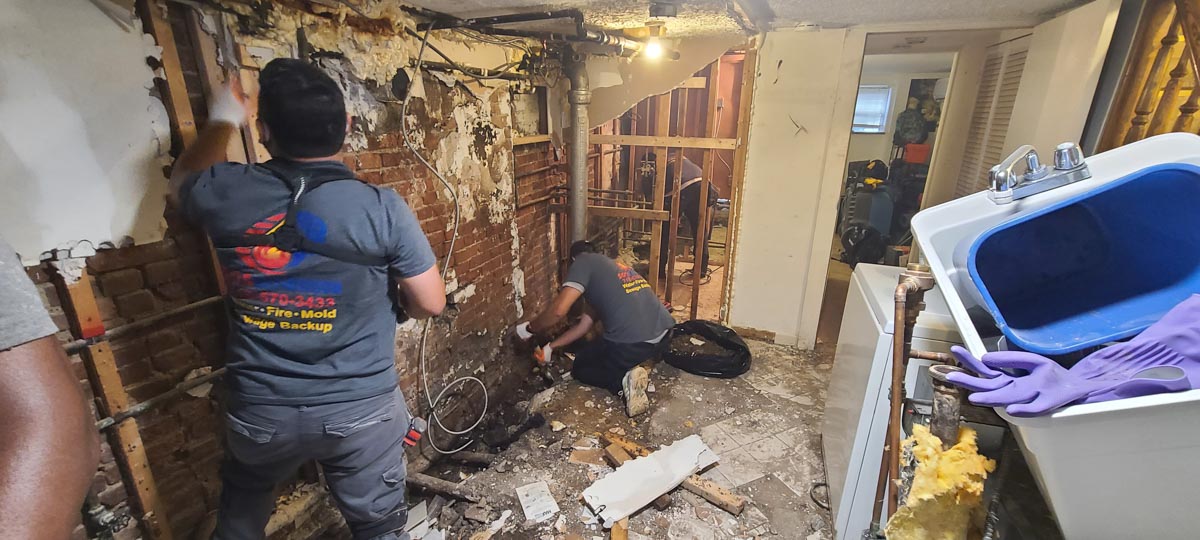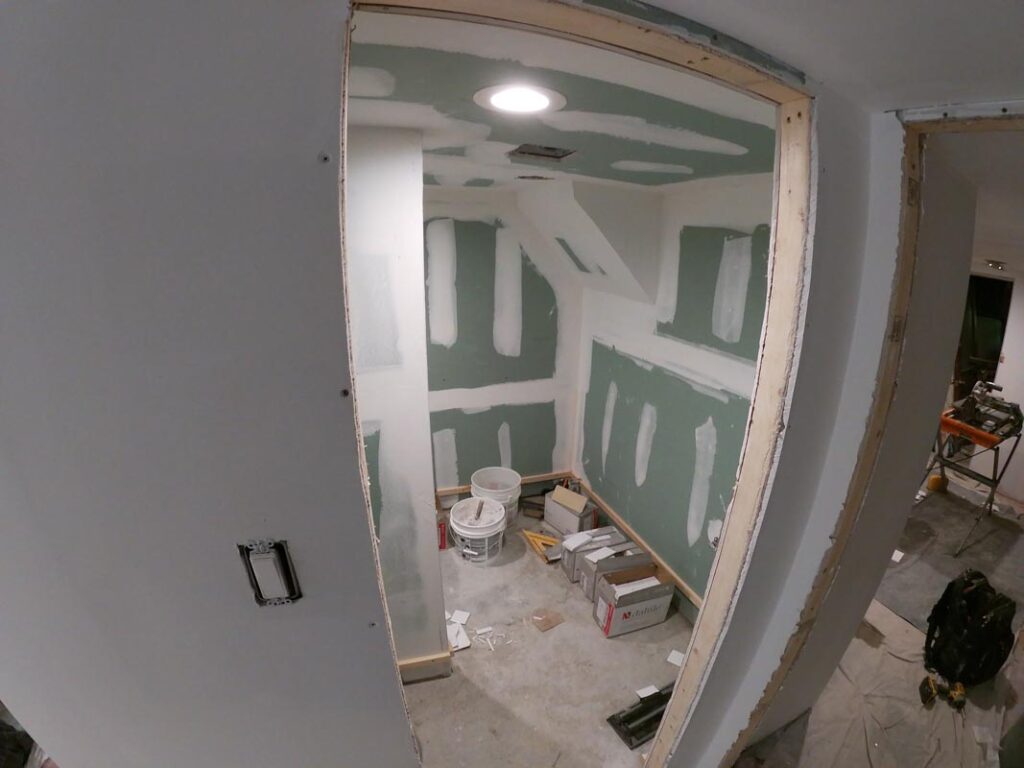Preventing Basement Water Damage in Long Island: Tips and Services
Preventing Basement Water Damage in Long Island: Tips and Services
Blog Article
Cellar water damage is just a climbing problem for several homeowners, specially in places prone to heavy rainfall and flooding like Long Island. A damp, flooded, or broken basement not only influences the architectural reliability of your property but also can lead to extreme health risks due to shape growth and bad indoor air quality. Acting rapidly and taking targeted steps to address water damage is critical. Here's a step-by-step break down of how to deal with Water damage restoration in long island both successfully and efficiently.
Understanding the Scope of the Damage
Extended Island usually activities heavy rainfall, with specific places taking around 40 inches annually. These damp situations result in increased basement flooding situations, particularly in properties with poor drainage systems or aging waterproofing. Determining the source of the water is key. Popular culprits contain defective sump pushes, breaks in attic walls or foundations, or backed-up gutters and drainage systems.
Start with assessing how intensive the water intrusion is. Is it restricted to a wet plot on the wall, or gets the water pooled across a floor? Taking the damage through pictures or videos may be useful for insurance states if necessary.

Remove Excess Water Quickly
Once you've assessed the situation, removing ranking water must certanly be your immediate priority. The longer water rests in your basement, the higher the chance of shape development and further structural damage. If there's significant flooding, professional-grade pushes can acquire the water more effectively. For smaller puddles, mops, towels, or shop vacuums may benefit rapid water removal.
According to new studies, shape will start growing within 24-48 hours of water coverage in wet environments. This makes quick action important to mitigate potential health hazards.
Drying and Dehumidifying the Basement
After eliminating ranking water, the next important step is becoming dry the cellar completely. Pass circulation using fans and ensure that windows are left open when probable to market ventilation. Putting a dehumidifier may accelerate the drying method by removing excess water in the air.
Long Island's large moisture levels, particularly all through summer time, can intensify moisture maintenance in basements. Ensuring the region is totally dried will help reduce long-lasting injury over time.
Repair the Damage and Address Future Risks
Examine influenced parts for injury when the basement is dry. Surfaces, floor, and warmth may require exchanging, with respect to the severity of the water infiltration. Closing foundation fractures and improving to water-resistant materials might help protect against potential flooding.

Also, consider regular preservation of your home's external drainage system. Maintaining gutters apparent, reinforcing the slope of your yard, and installing correct waterproofing actions can drastically decrease the likelihood of future incidents of basement water damage.
Taking Timely Action is Key
Having its large rains and possibility of flooding, Extended Area homeowners should stay aware in regards to cellar water damage. Rapid action to evaluate, eliminate, and fix injury may save your self homeowners from expensive fixes and health risks down the line. Keep aggressive, and guarantee routine inspections and waterproofing practices to protect among your home's most valuable spaces.
Report this page